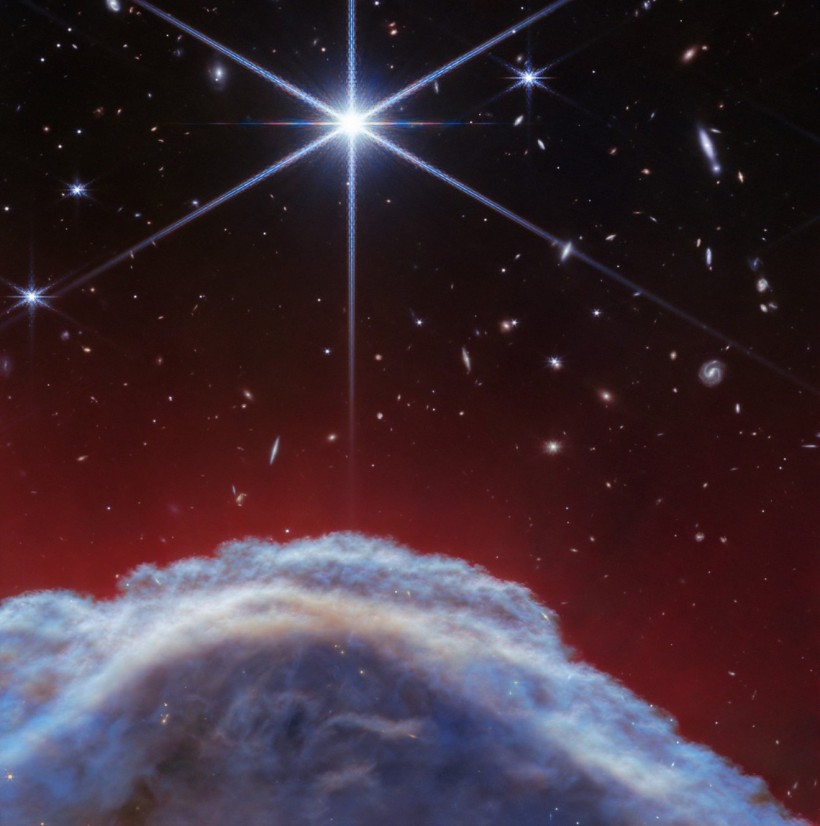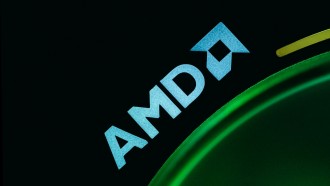NASA's James Webb Space Telescope has recently captured extraordinarily sharp infrared images, providing an intricate view of a distinct celestial object: the Horsehead Nebula.
These new observations delve into the top section of the "horse's mane," revealing the complex details of this iconic nebula with unparalleled precision.
The sharp infrared image displays a segment of the horse's mane spanning approximately 0.8 light-years. The blue clouds at the bottom predominantly consist of cold, molecular hydrogen, while the red wisps above the nebula primarily represent atomic hydrogen gas.

A Sharp Look into the Horsehead Nebula
The Horsehead Nebula, or Barnard 33, emerges from the Orion B molecular cloud within the constellation Orion.
According to NASA, this striking cosmic object is approximately 1,300 light-years away and originated from the collapse of an interstellar cloud.
Illuminated by a nearby hot star, the Horsehead Nebula glows amidst the remnants of dissipated gas clouds. It features a prominent pillar made of dense clumps of material resistant to erosion.
Astronomers estimate that the nebula has around 5 million years left before it disperses, showcasing the transient nature of these cosmic structures.
Bathing in UV Light
Characterized as a photodissociation region (PDR), the Horsehead Nebula is bathed in ultraviolet (UV) light from young, massive stars, creating a neutral and warm expanse of gas and dust.
This UV radiation significantly influences these regions' chemical composition and thermal dynamics, offering a unique window into the processes shaping interstellar matter across our galaxy and beyond.
NASA notes that the Horsehead Nebula is a favorable target for astronomers studying the intricate physical structures and molecular evolution within PDRs and their transitional boundaries.
Its nearly edge-on orientation facilitates detailed investigations into how radiation interacts with interstellar material.
Using Webb's Mid-Infrared Instrument (MIRI) and Near-Infrared Camera (NIRCam), an international team of astronomers has unveiled unprecedented small-scale features at the illuminated edge of the Horsehead Nebula.
A Network of Delicate Features
As ultraviolet (UV) light causes the dust cloud to evaporate, dust particles are pushed outward by the heated gas. Webb's observations have revealed a network of delicate features that track this movement.
These observations have enabled astronomers to explore how the dust interacts with and emits light, providing deeper insights into the nebula's complex structure.
According to NASA, astronomers plan to analyze the spectroscopic data obtained later to uncover details about the evolution of the physical and chemical characteristics of the material observed within the nebula.
The data for these observations were collected as part of the Webb GTO program 1192, and the findings were detailed in a publication in Astronomy & Astrophysics.
Related Article: NASA's Hubble Space Telescope Captures 'Butterfly Nebula' In Stunning Motion | Fun Facts About This Beautiful Space Butterfly






